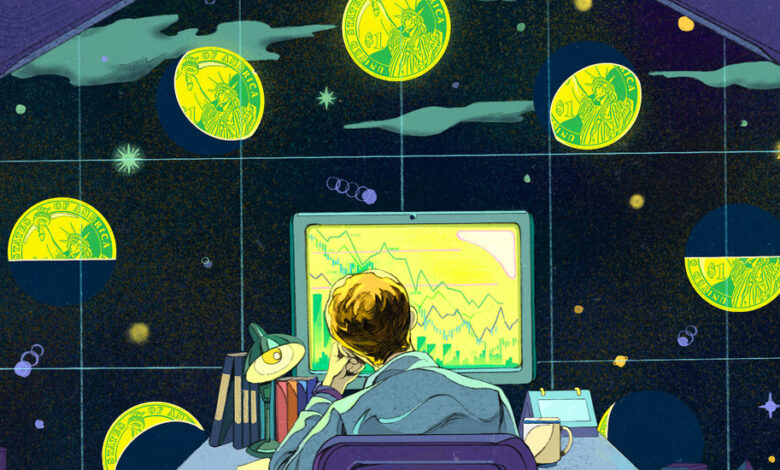Is the Boom-and-Bust Business Cycle Dead?

The rise of international trade, Mr. Kelly added, can often offset slowing domestic demand since businesses, enabled by the internet, can find customers throughout the globe. And the service sector’s growth, he concluded, has “made the economy more stable and, importantly, less sensitive to interest rates.”
Across the economics profession, many are not feeling as reassured.
When weighing recession risks, Thomas Herndon, a professor of economics at John Jay College of the City University of New York, doesn’t take much long-term solace in the growing sophistication of big business. There are, he said, “many, many, many causes” for downturns — some of which are not directly linked to financial instability.
Mr. Herndon noted the work of the 20th-century Polish economist Michal Kalecki, who argued that business leaders feel “undermined” by the maintenance of full employment. Using their substantial influence over policy, Kalecki argued, they can help institute restrictive economic policies that bring times of economic expansion to an end and reset them with softer, more tolerable labor power.
And Mr. Herndon said he thought old-fashioned “bubble” manias and “credit cycles” remained a danger, too.
Eliminating the longstanding economic cycle would be “the holy grail of central banking,” said James Knightley, chief international economist at ING, the global bank. “The Fed’s willingness to use innovative tools” — like its off-the-cuff creation of lending facilities to keep credit flowing on Main Street and heal bank balance sheets since 2020 — gives it “more levers to wiggle to help reduce the chance of a downturn,” Mr. Knightley said.



